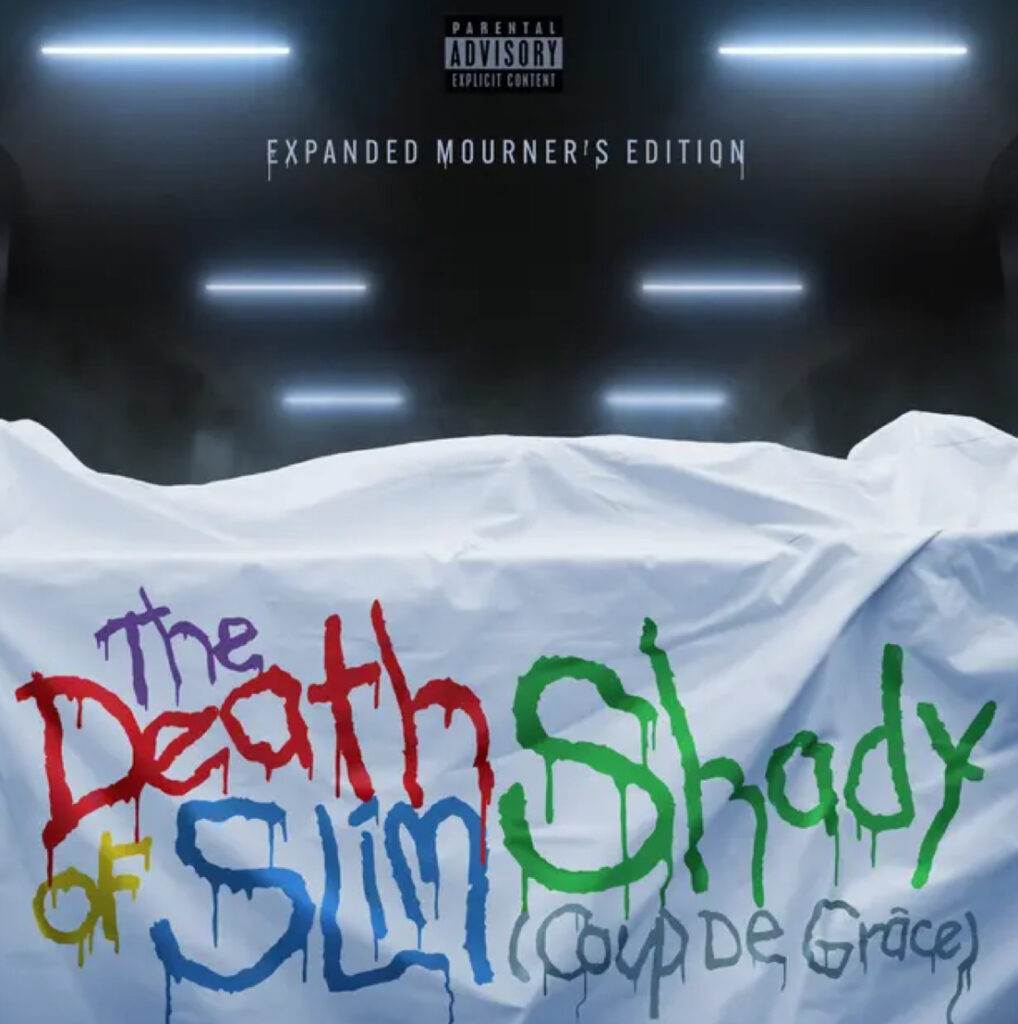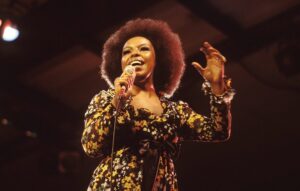Eminem’s latest release, “The Death of Slim Shady (Coup De Grâce): Expanded Mourner’s Edition,” brings with it a wealth of controversy and artistic exploration. Among the most discussed tracks is “Fuel (Shady Edition),” which replaces the original feature from JID with verses from Shady Records signees Westside Boogie and Grip. This change is significant, not just for the inclusion of the label’s rising stars but for the content of the song itself, which delves deep into hip-hop’s historical feuds and long-standing tensions. The track and album as a whole provide a reflection of Eminem’s current artistic identity, his connection to his Shady alter ego, and his willingness to ignite controversy in the name of artistic expression.
Revisiting the Feud with Diddy and the East Coast-West Coast Divide
“Fuel (Shady Edition)” reignites some of the most controversial elements of Eminem’s music by revisiting the feud between Diddy (Sean Combs) and the unresolved murders of Tupac Shakur and The Notorious B.I.G. In the track, Eminem openly places blame on Diddy for these tragedies, a claim that taps into long-standing conspiracy theories within the hip-hop community. These unresolved murders remain one of the genre’s greatest mysteries and sources of speculation, with various artists over the years addressing them in their music. Eminem, no stranger to addressing uncomfortable topics or provoking responses from high-profile figures, injects new life into the debate, forcing listeners to reflect on the impact these tragedies had on the hip-hop community.
For Eminem to reintroduce this level of controversy—especially by implicating someone as influential as Diddy—represents a deliberate choice to stir up conversation. It also highlights Eminem’s long-standing role as hip-hop’s provocateur, someone who isn’t afraid to challenge the status quo or criticize powerful figures in the industry. By involving Westside Boogie and Grip on the track, two artists from his Shady Records label, Eminem also elevates their voices within this conversation, positioning them as not just contributors but as part of a larger narrative that spans hip-hop’s darkest moments.
The Lyrical Content and Shady’s Role in the Track
Lyrically, “Fuel (Shady Edition)” stands as a testament to Eminem’s ability to blend intense wordplay with searing social commentary. His bars are dense with double entendres, metaphors, and punchlines, but beneath the surface lies an underlying anger and frustration. The reintroduction of the Tupac and Biggie murders within his music can be interpreted as more than a desire to provoke—it’s an expression of the unresolved pain and anger that still lingers in the hip-hop world. Tupac and Biggie were not just figures; they were symbols of an era of hip-hop when creativity and violence intertwined in tragic ways.
Shady, Eminem’s infamous alter ego, has always served as a vehicle for his most incendiary and controversial lyrics. In “Fuel (Shady Edition),” Shady is in full force, as evidenced by the inflammatory content. The character’s reappearance here feels deliberate, not just as a persona that says the unspeakable, but as a representation of hip-hop’s lingering dark side—the unresolved issues, the feuds, and the traumas that continue to influence the genre’s direction today.
Westside Boogie and Grip, while relatively new to the larger hip-hop stage, use their verses to solidify their standing within the Shady Records family. Their presence adds a modern layer to the track, signaling Eminem’s willingness to hand over the baton to the next generation while also ensuring that his legacy of controversial, hard-hitting lyricism lives on.
The Expanded Mourner’s Edition and The Battle with Slim Shady
“The Death of Slim Shady (Coup De Grâce): Expanded Mourner’s Edition” is more than just a collection of tracks; it represents Eminem’s long, tumultuous relationship with his alter ego, Slim Shady. Throughout his career, Eminem has wrestled with the persona he created—Shady, who embodies his most destructive, chaotic impulses. The original theme of “The Death of Slim Shady” revolved around Eminem attempting to bury the character once and for all, but the Expanded Mourner’s Edition shows that the battle is far from over.
In many ways, “Fuel (Shady Edition)” is emblematic of this struggle. While Eminem has evolved into a more reflective and thoughtful artist in recent years, Shady’s presence on the track indicates that the anger, controversy, and wild persona of his earlier career still have a place in his music. Shady can’t be killed off easily, and as long as Eminem feels a need to address unresolved issues within hip-hop—whether they be unsolved murders or the ongoing feuds that plague the industry—Shady will remain a vital part of his musical identity.
Other tracks on the Expanded Mourner’s Edition, such as “Kyrie & Luka” featuring 2 Chainz and “Like My S**t” with FIFTEENAFTER, further demonstrate Eminem’s ability to blend sub-genres and collaborate with a wide array of artists. While “Fuel (Shady Edition)” may be the most controversial track, these collaborations show his versatility and ongoing influence in the hip-hop scene. They also reflect his willingness to work with both veteran and emerging artists, further cementing his role as a bridge between generations within the genre.
The Continuing Legacy of Slim Shady
One of the most intriguing aspects of “The Death of Slim Shady” and its Expanded Mourner’s Edition is its exploration of legacy. Eminem’s career has been defined by his ability to push boundaries, whether through his technical skill, controversial content, or willingness to engage with the darkest corners of hip-hop. The album reflects an artist deeply entrenched in his history while still looking for ways to innovate and stay relevant in an industry that’s always changing.
“Fuel (Shady Edition)” is not just a song; it’s a statement about Eminem’s place in the ever-evolving hip-hop landscape. By revisiting old feuds and unresolved issues, he reminds listeners that hip-hop’s history is still very much alive and that the wounds of the past continue to shape its future. His decision to release an updated version of the song with verses from Shady Records artists Westside Boogie and Grip also signals a passing of the torch—Eminem may be moving toward the end of his alter ego’s journey, but the legacy of Shady, his controversial edge, and his refusal to back down will live on through a new generation of artists.
Fueling the Fire
“Fuel (Shady Edition)” on “The Death of Slim Shady (Coup De Grâce): Expanded Mourner’s Edition” reignites some of the most enduring controversies within hip-hop, serving as a reminder that the genre’s past continues to influence its present. Eminem’s decision to address Diddy and the unsolved murders of Tupac and Biggie is a bold move, but one that speaks to his position as a provocateur and a historian within the world of rap. The track is both a nod to his own legacy and a reminder that hip-hop’s unresolved conflicts still carry weight today.
As Eminem continues to wrestle with his Slim Shady alter ego, this track and the album as a whole reveal an artist who remains deeply connected to the darker aspects of his persona. The inclusion of Westside Boogie and Grip on “Fuel (Shady Edition)” indicates that while Eminem may eventually lay Shady to rest, the spirit of controversy and confrontation that he represents will continue to burn brightly within the next generation of Shady Records artists.
No comments yet.








